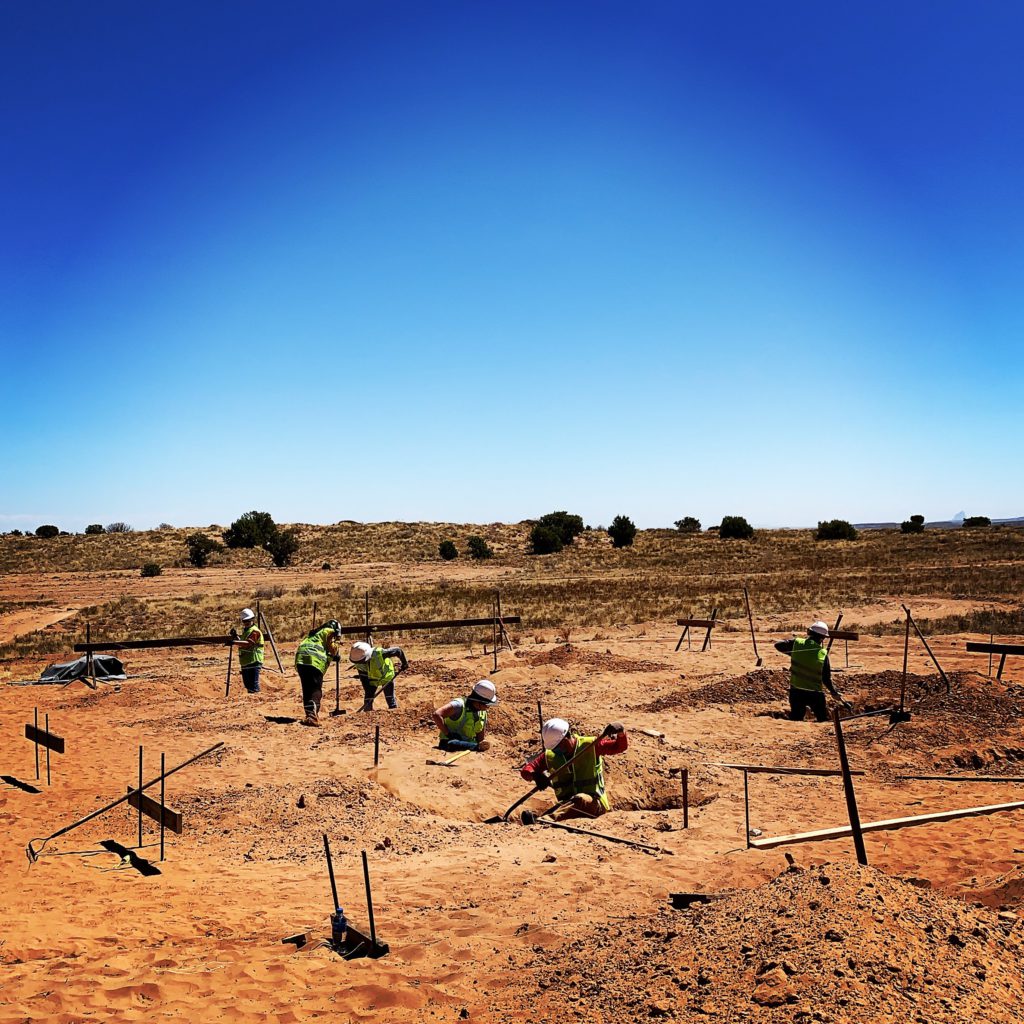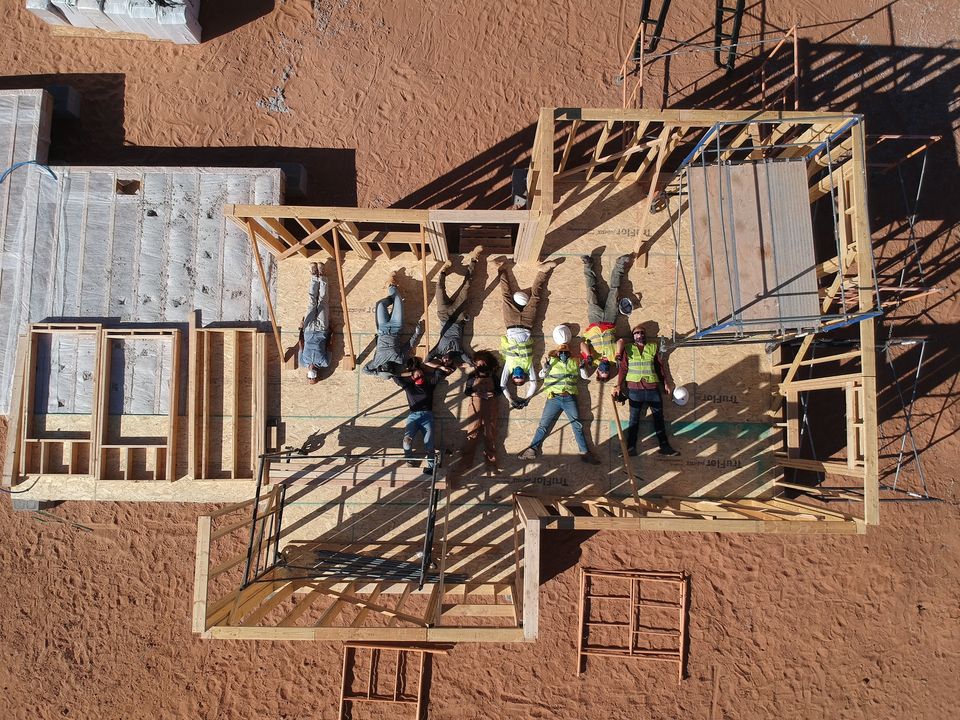Our focus
Building better architects with Native communities

We offer students an immersive hands-on opportunity to design and build a full-scale work of architecture in collaboration with the Navajo people. We emphasize sustainability and a respect for the unique social, cultural, and environmental needs of the region.
Students are encouraged to explore alternative building methods, unique materials, and innovative solutions. It is, in a way, the ultimate sustainability to use elements naturally at hand, within reach, both physically and economically.


